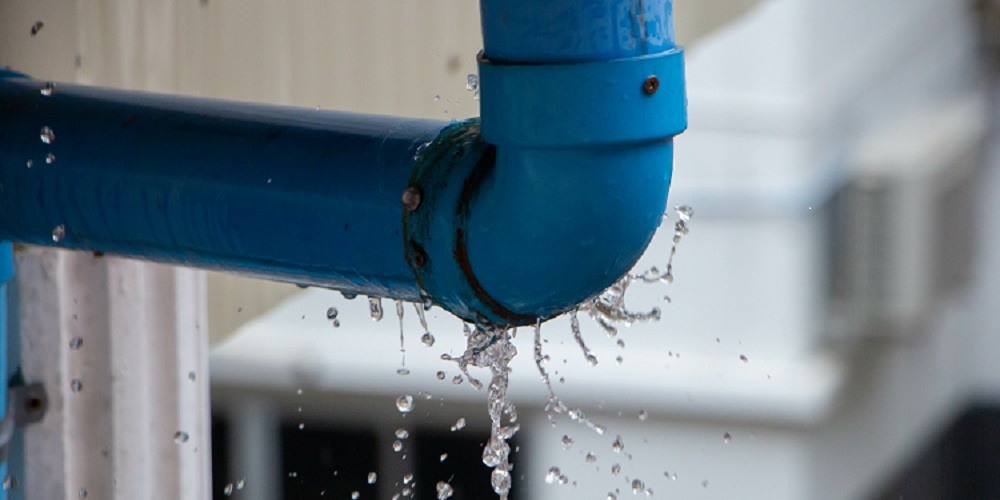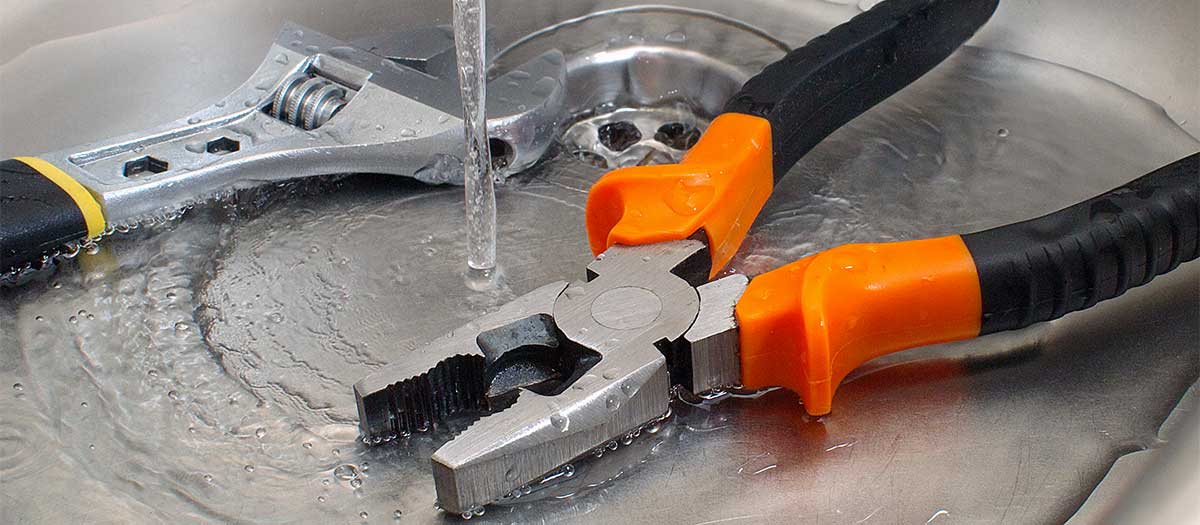This post listed below on the subject of Detecting hidden plumbing leaks is immensely compelling. You should investigate it.

Early detection of dripping water lines can reduce a potential catastrophe. In addition to conserving you cash, it will minimize the aggravation as well as disappointment. The minute you locate a leakage, calling your plumber for fixings is the best solution. However, some small water leaks might not be visible. Here are some hacks that assist if you can not identify it with your naked eyes.
1. Examine the Water Meter
Every residence has a water meter. Examining it is a proven manner in which assists you find leaks. For starters, turn off all the water resources. Guarantee no one will certainly flush, make use of the tap, shower, run the cleaning maker or dishwasher. From there, most likely to the meter and also watch if it will alter. Because no one is utilizing it, there need to be no motions. If it relocates, that shows a fast-moving leak. Similarly, if you spot no changes, wait an hour or more and examine back once more. This indicates you may have a slow leakage that could also be underground.
2. Inspect Water Usage
Examine your water costs and track your water consumption. As the one paying it, you need to observe if there are any kind of disparities. If you detect sudden changes, regardless of your usage coinciding, it means that you have leakages in your plumbing system. Bear in mind, your water expense need to fall under the same array on a monthly basis. An abrupt spike in your costs indicates a fast-moving leak.
Meanwhile, a steady rise on a monthly basis, even with the exact same behaviors, shows you have a slow-moving leakage that's likewise gradually escalating. Call a plumber to extensively check your home, particularly if you feel a warm location on your flooring with piping below.
3. Do a Food Coloring Examination
When it comes to water usage, 30% comes from commodes. If the shade somehow infiltrates your bowl during that time without flushing, there's a leakage in between the tank and bowl.
4. Asses Outside Lines
Don't fail to remember to examine your exterior water lines too. Examination spigots by affixing a yard hose pipe. Needs to water leak out of the connection, you have a loosened rubber gasket. Change this and also ensure all links are tight. It will certainly assist get it skillfully examined as well as maintained annually if you have actually obtained a lawn sprinkler system. One little leakage can throw away lots of water as well as spike your water bill.
5. Assess the situation and examine
Homeowners should make it a practice to check under the sink counters and also inside cabinets for any kind of bad odor or mold development. These two warnings show a leak so timely focus is needed. Doing routine examinations, also bi-annually, can conserve you from a major issue.
Inspect for stainings and weakening as the majority of appliances and also pipes have a life expectations. If you suspect leaking water lines in your plumbing system, don't wait for it to intensify.
Early discovery of leaking water lines can reduce a prospective catastrophe. Some small water leakages might not be noticeable. Examining it is a surefire way that aids you discover leaks. One small leakage can squander heaps of water and increase your water costs.
If you believe dripping water lines in your plumbing system, don't wait for it to escalate.
How to Know If Your Home Has a Hidden Leak
Water Meter Reveals Inexplicable Water Usage
If you’d like to test whether or not there’s a leak somewhere in your home, you can do this using your water meter. Here is how to conduct the test:
Don’t use any water in your home for at least 30 minutes; this also means not turning on faucets or water-using appliances.
Go outside, and check your water meter for activity.
If your water meter shows that there was activity, even though no one was using any water, this proves that there is a leak in your home.Visible Mold or Mildew Growth
Leaks behind walls create moist, dark environments that allow mold and mildew to grow and thrive. Eventually, you might see mold growth forming on the wall closest to a hidden leak.
If mold is growing in an area that receives a high amount of moisture, such as a bathroom, it may simply be an indication that better ventilation is needed. However, if you see mold growth on a wall or the ceiling in an area where you would not expect, you probably have a hidden leak.
Musty, Mildew Odor
Sometimes you might not be able to see the mold or mildew that is growing as a result of a leak. However, the smell can give the problem away just as easily. If you catch a whiff of something musty, there’s a good chance that old water is collecting somewhere in your home that you can’t see.
Stained/Warped Walls, Ceilings, or Floors
When your home soaks up water, a variety of red flags can become visible, including ceiling stains, bubbling drywall, warped walls, and sagging floors. While these issues can be caused by excess humidity, they can also be signs that a pipe or plumbing connection has started leaking behind your walls.
Inexplicably High Water Bill
After a while, you get a general sense for what your water bill should be. If you own a pool or sprinkler system, your bill will tend to be higher during summer. However, if you receive a water bill that seems especially high, and you can’t figure out what caused it, then you may have a hidden leak somewhere that’s increasing your bill.
https://www.plumbingjoint.com/blog/2019/july/how-to-know-if-your-home-has-a-hidden-leak/

As a devoted person who reads about Hacks to detect leaks, I imagined sharing that post was a good idea. Are you aware of somebody who is curious about Hacks to detect leaks? Take a moment to share it. I am grateful for your time. Come back soon.